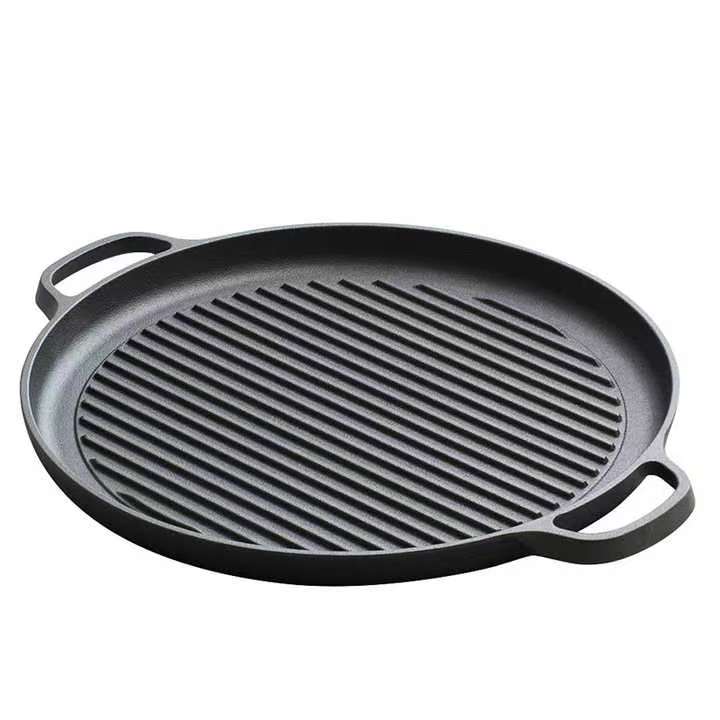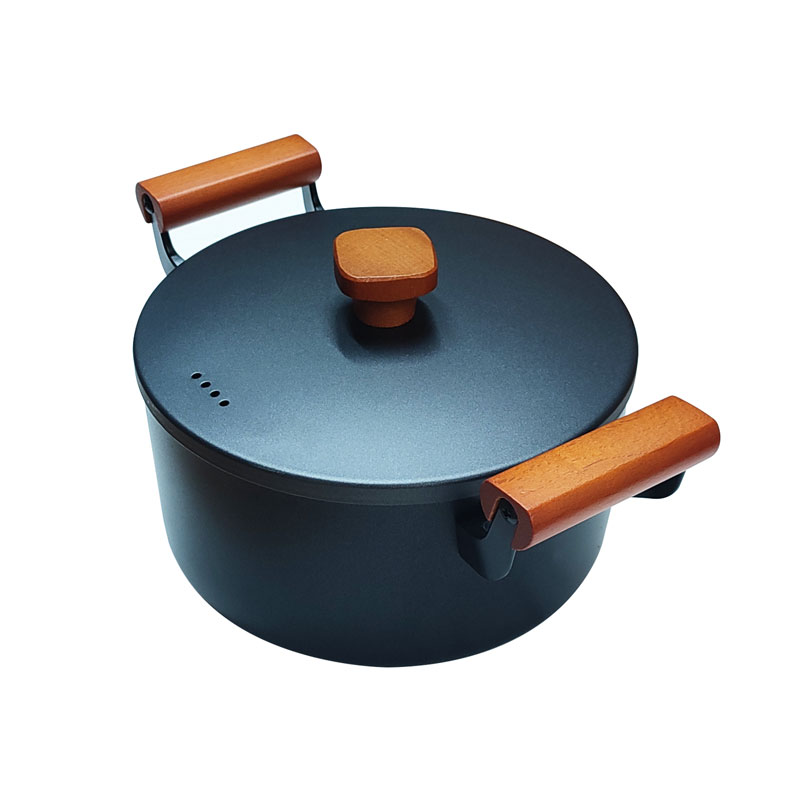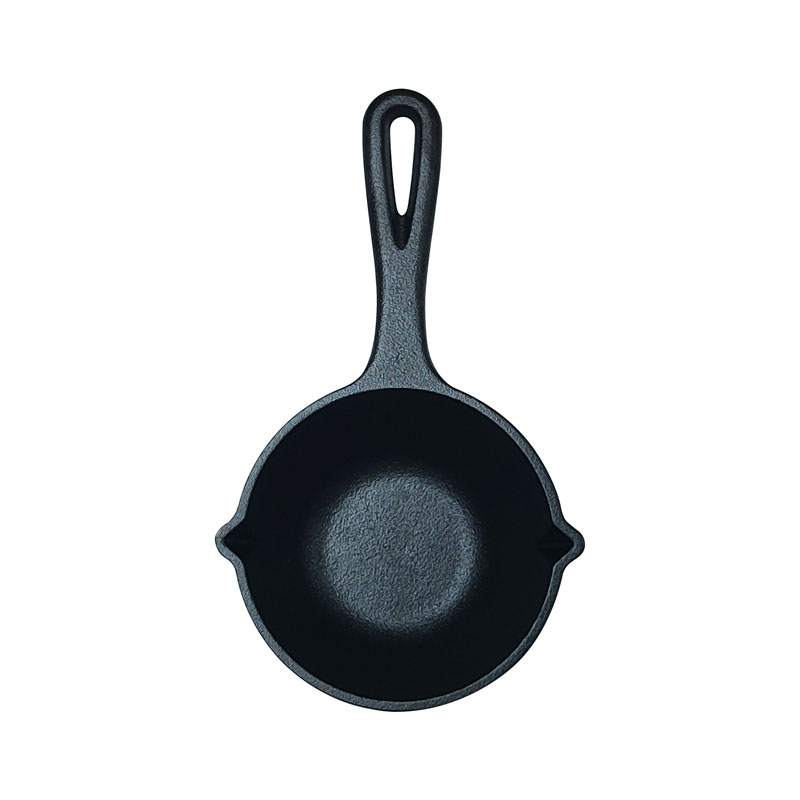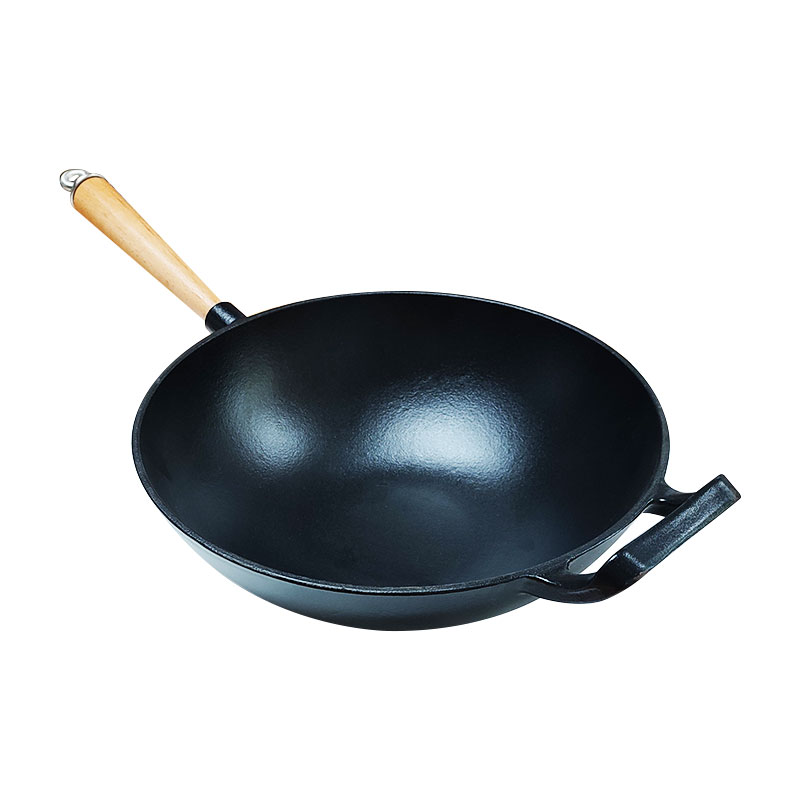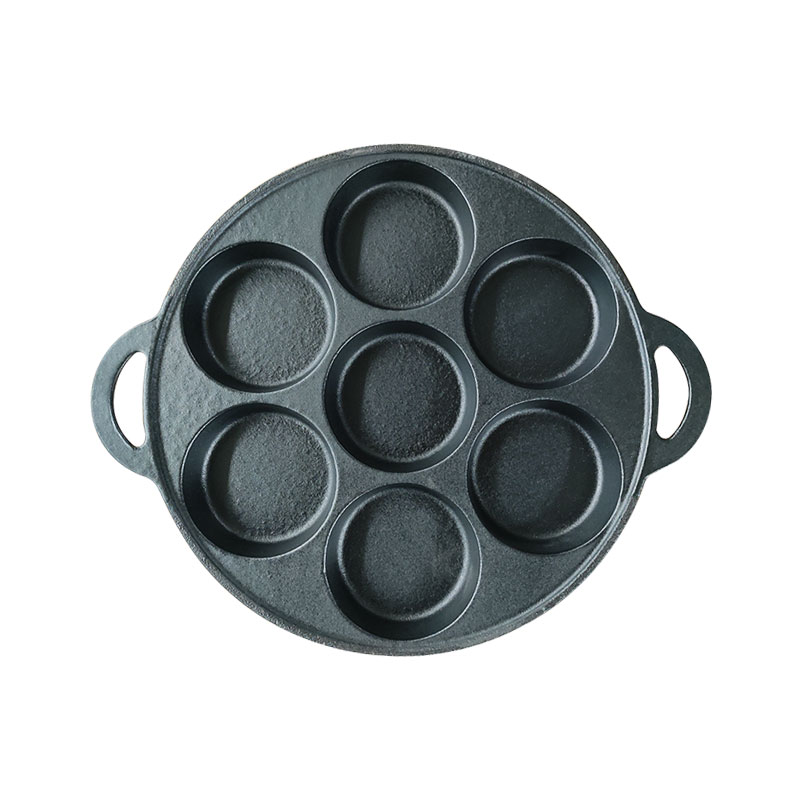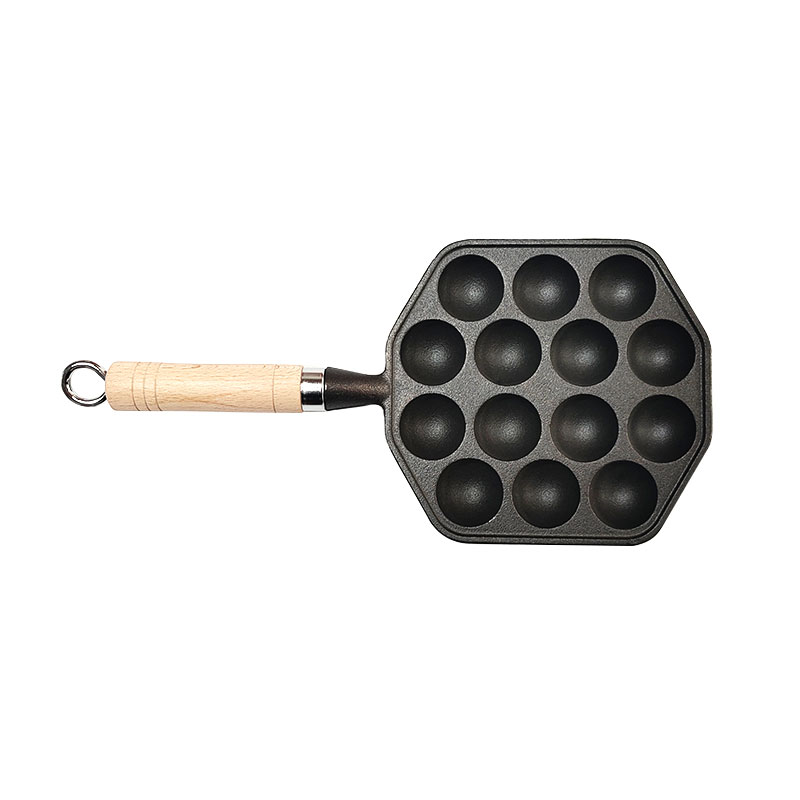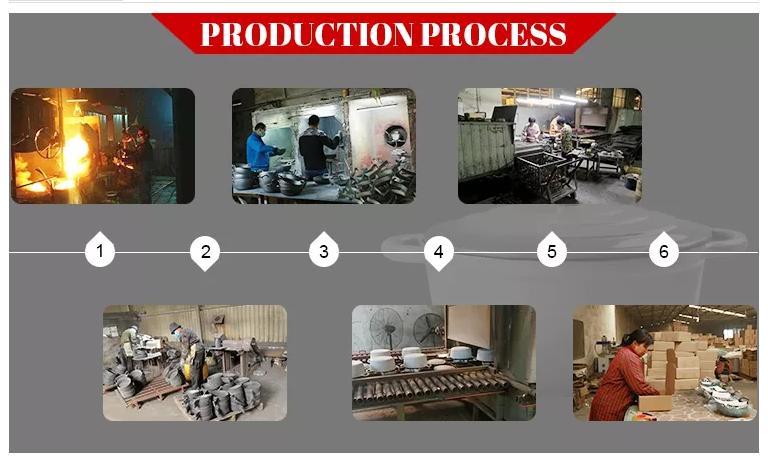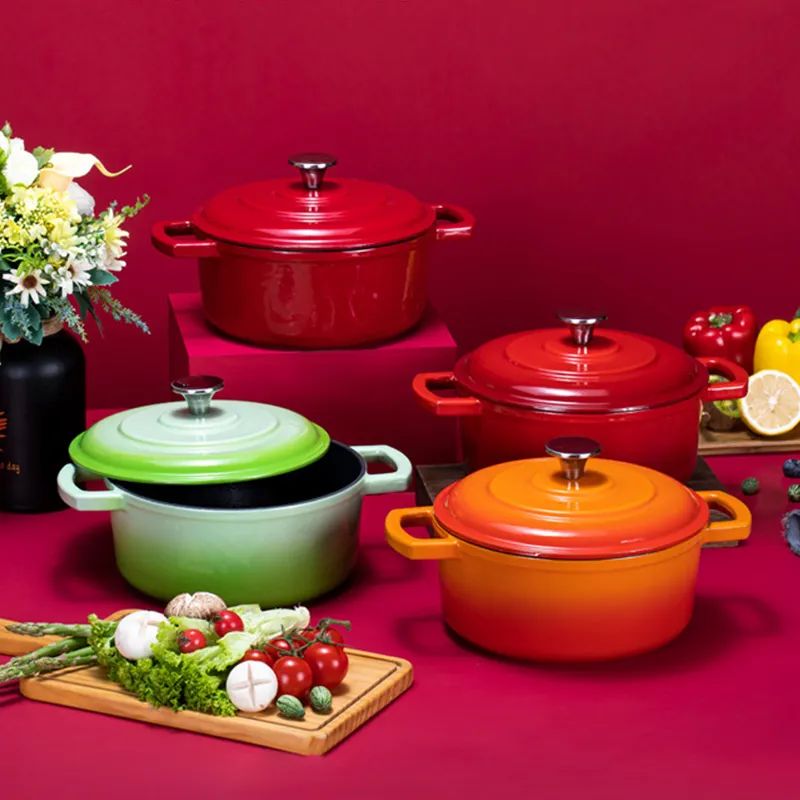- Afrikaans
- Albanian
- Amharic
- Arabic
- Armenian
- Azerbaijani
- Basque
- Belarusian
- Bengali
- Bosnian
- Bulgarian
- Catalan
- Cebuano
- Corsican
- Croatian
- Czech
- Danish
- Dutch
- English
- Esperanto
- Estonian
- Finnish
- French
- Frisian
- Galician
- Georgian
- German
- Greek
- Gujarati
- Haitian Creole
- hausa
- hawaiian
- Hebrew
- Hindi
- Miao
- Hungarian
- Icelandic
- igbo
- Indonesian
- irish
- Italian
- Japanese
- Javanese
- Kannada
- kazakh
- Khmer
- Rwandese
- Korean
- Kurdish
- Kyrgyz
- Lao
- Latin
- Latvian
- Lietuvių
- Luxembourgish
- Macedonian
- Malgashi
- Malay
- Malayalam
- Maltese
- Maori
- Marathi
- Mongolian
- Myanmar
- Nepali
- Norwegian
- Norwegian
- Occitan
- Pashto
- Persian
- Polish
- Portuguese
- Punjabi
- Romanian
- Russian
- Samoan
- Scottish Gaelic
- Serbian
- Sesotho
- Shona
- Sindhi
- Sinhala
- Slovak
- Slovenian
- Somali
- Spanish
- Sundanese
- Swahili
- Swedish
- Tagalog
- Tajik
- Tamil
- Tatar
- Telugu
- Thai
- Turkish
- Turkmen
- Ukrainian
- Urdu
- Uighur
- Uzbek
- Vietnamese
- Welsh
- Bantu
- Yiddish
- Yoruba
FAQs About China Cast Iron Dutch Enamel Oven With Free Sample
What Is A Cast Iron Dutch Enamel Oven Used For?


A Cast Iron Dutch Enamel Oven Is Ideal For Slow Cooking, Baking, Braising, Roasting, And Even Serving. Its Heavy Construction And Enamel Coating Help Retain Heat Evenly And Enhance Flavor.
Is The Enamel Coating Safe And Durable?


Yes, The Enamel Coating Is Food-Safe, Lead-Free, And Designed To Withstand High Temperatures. It Also Prevents Rust And Makes Cleaning Easier Compared To Raw Cast Iron.
Can I Request A Free Sample Before Placing A Bulk Order?


Yes, We Offer Free Samples For Quality Inspection. Please Contact Our Sales Team To Arrange Shipping Details And Sample Availability.
Is This Dutch Oven Compatible With All Heat Sources?


Yes, It Can Be Used On Gas, Electric, Ceramic, And Induction Cooktops, As Well As In Conventional Ovens. However, It Is Not Suitable For Use In Microwaves.
How Do I Clean And Maintain An Enamel Cast Iron Dutch Oven?


Let The Oven Cool Before Washing. Clean With Warm Water And Mild Soap Using A Soft Sponge. Avoid Metal Utensils And Abrasive Cleaners To Preserve The Enamel Surface.


Teiraukitės dabar dėl ketaus virtuvės reikmenų pasiūlymų
Prašome užpildyti žemiau esančią formą ir mūsų komanda susisieks su jumis dėl kainų, produkto informacijos ir pritaikymo galimybių.










